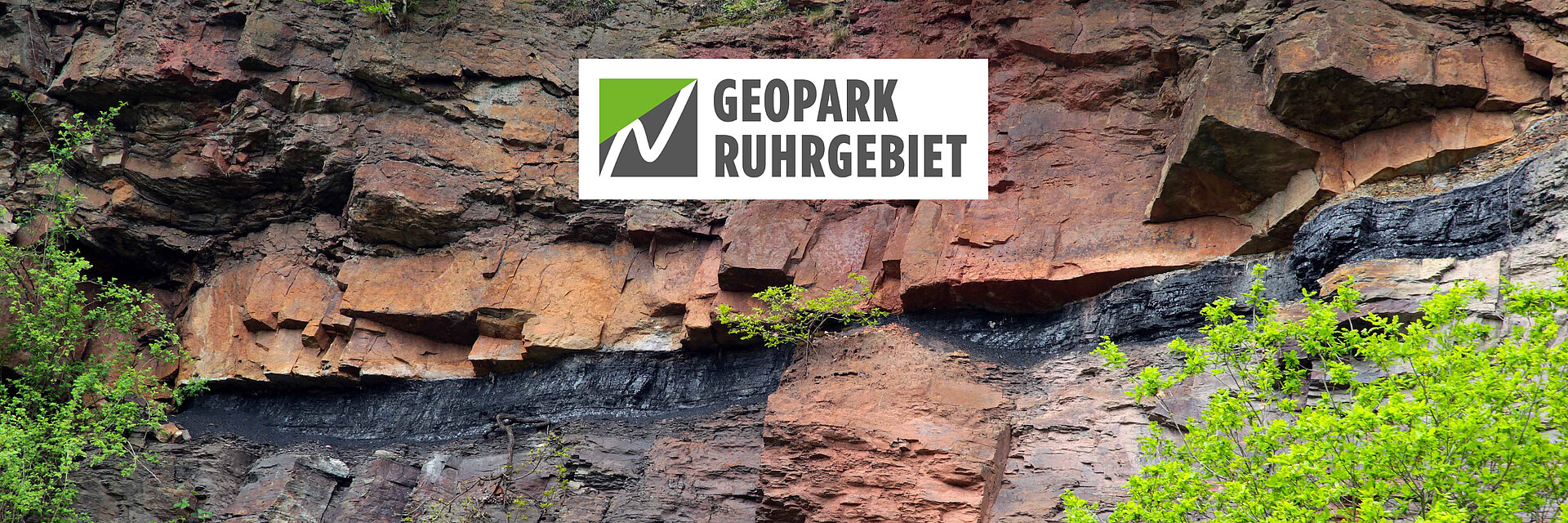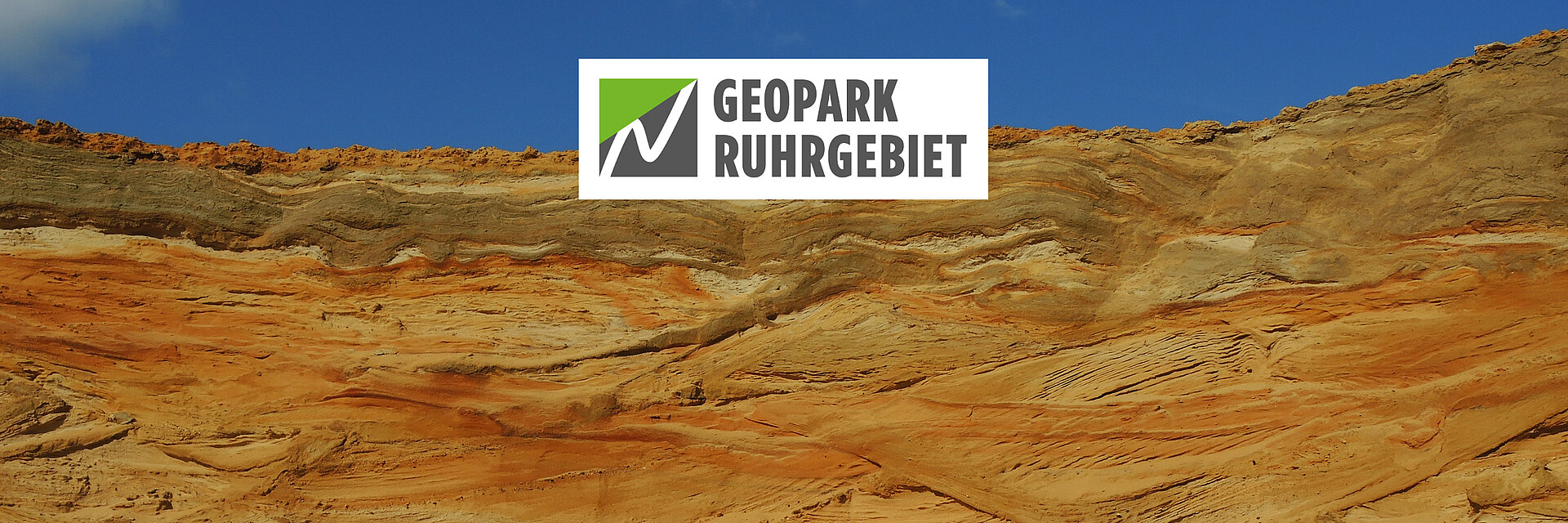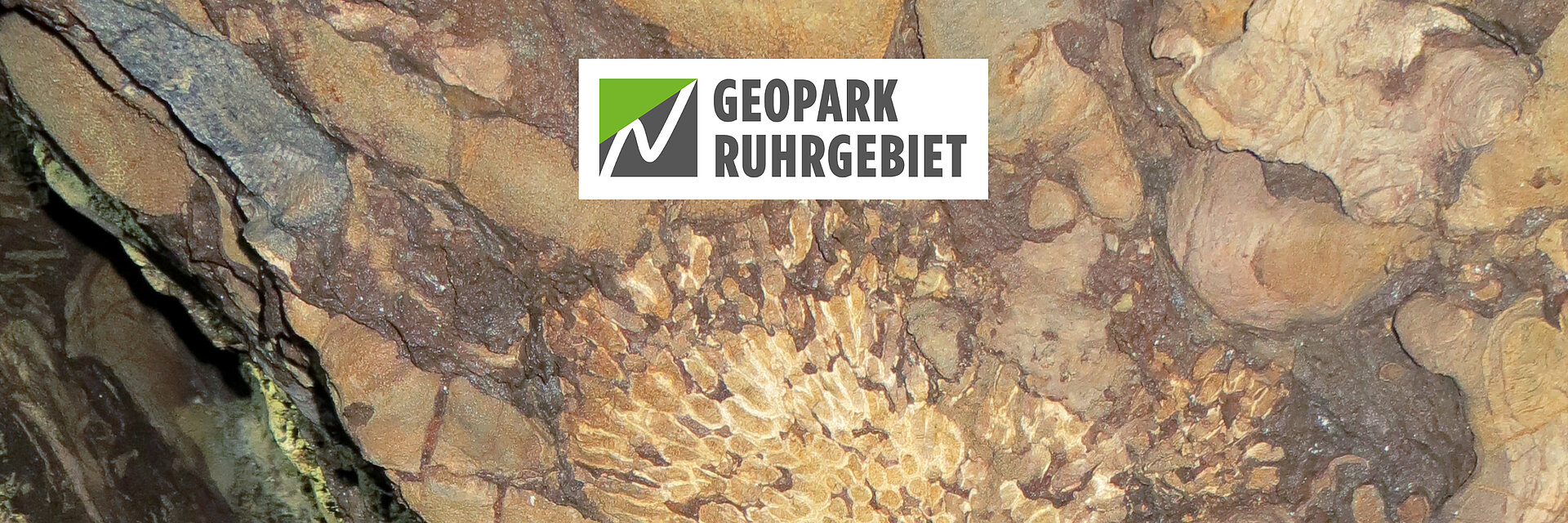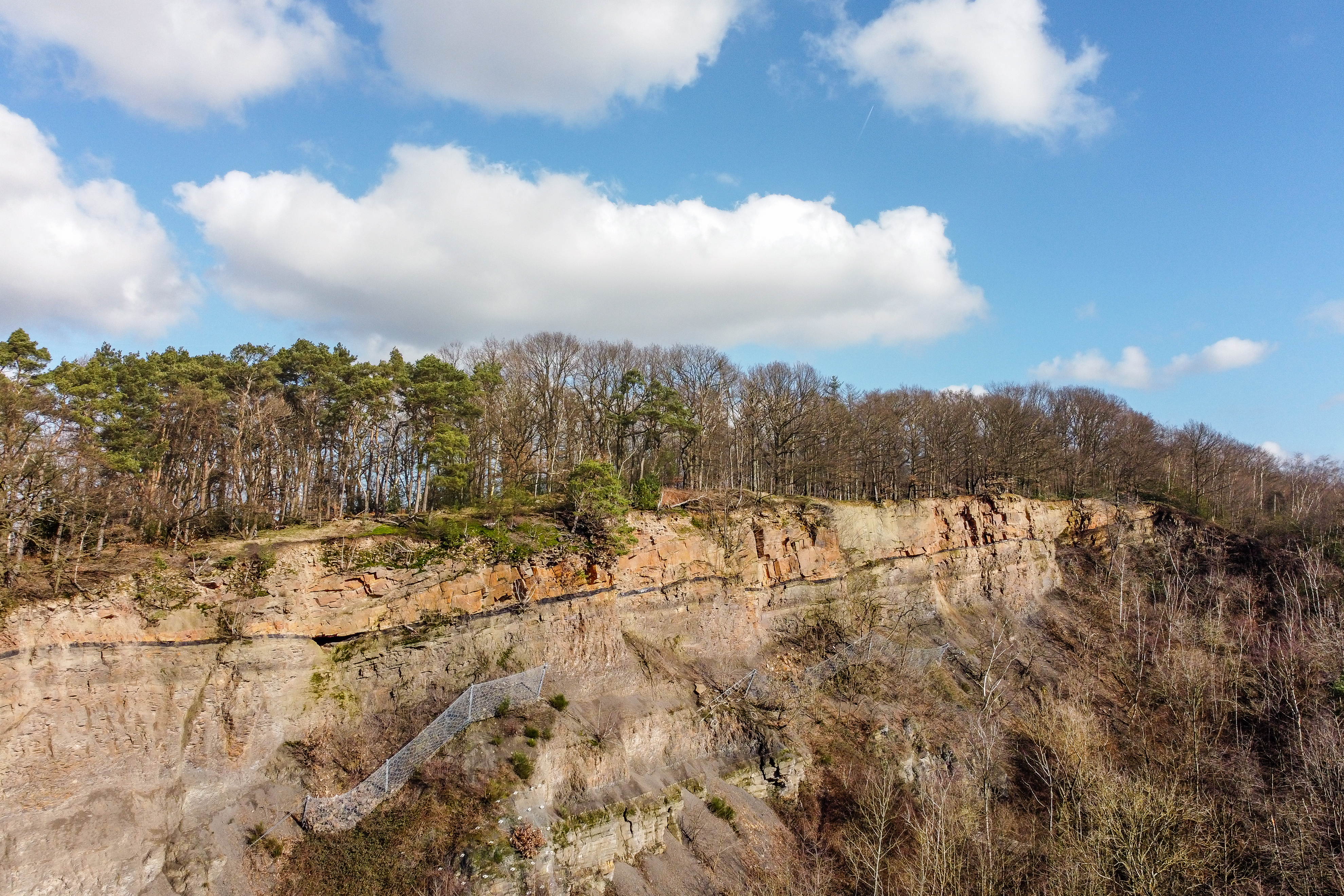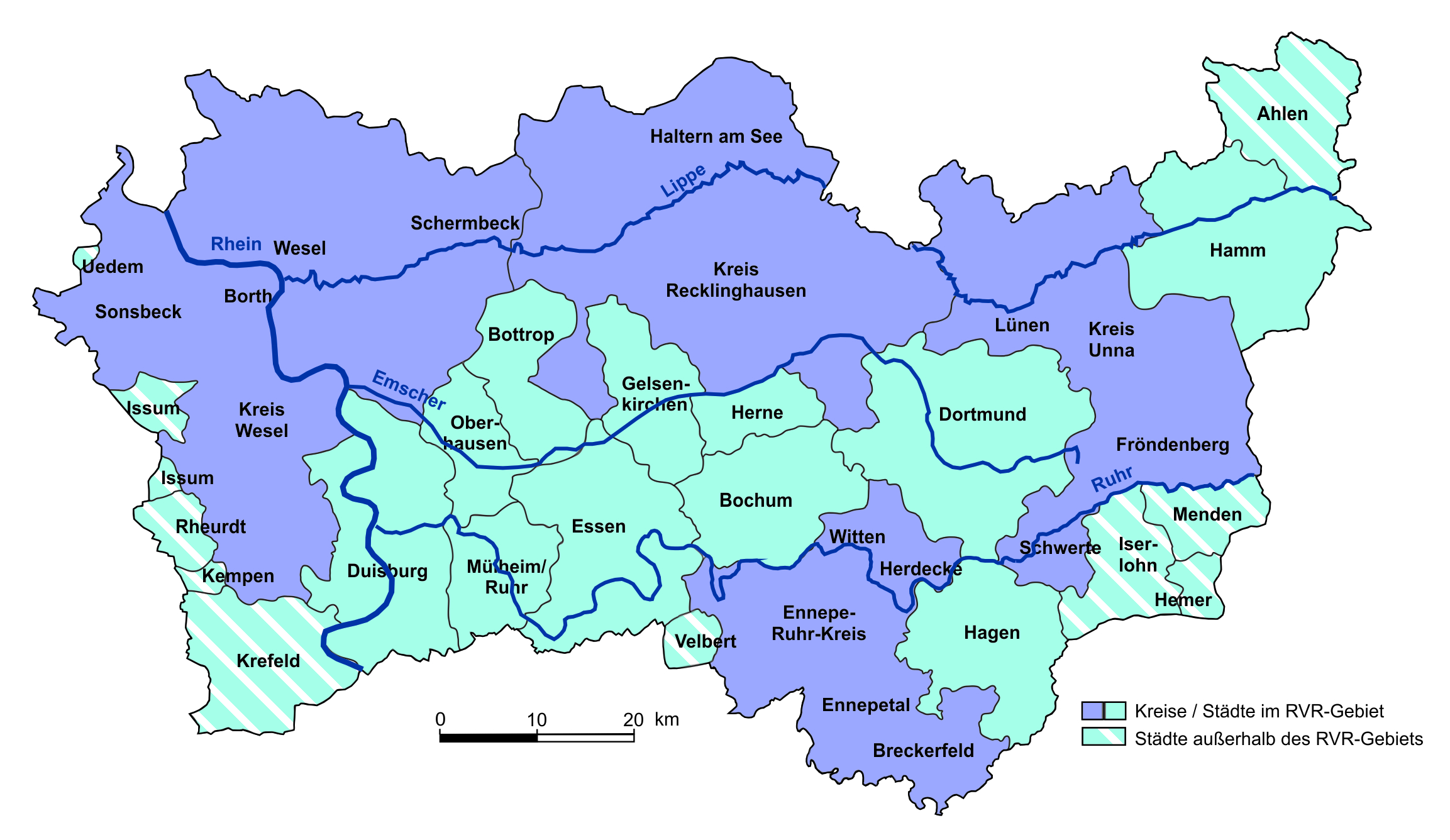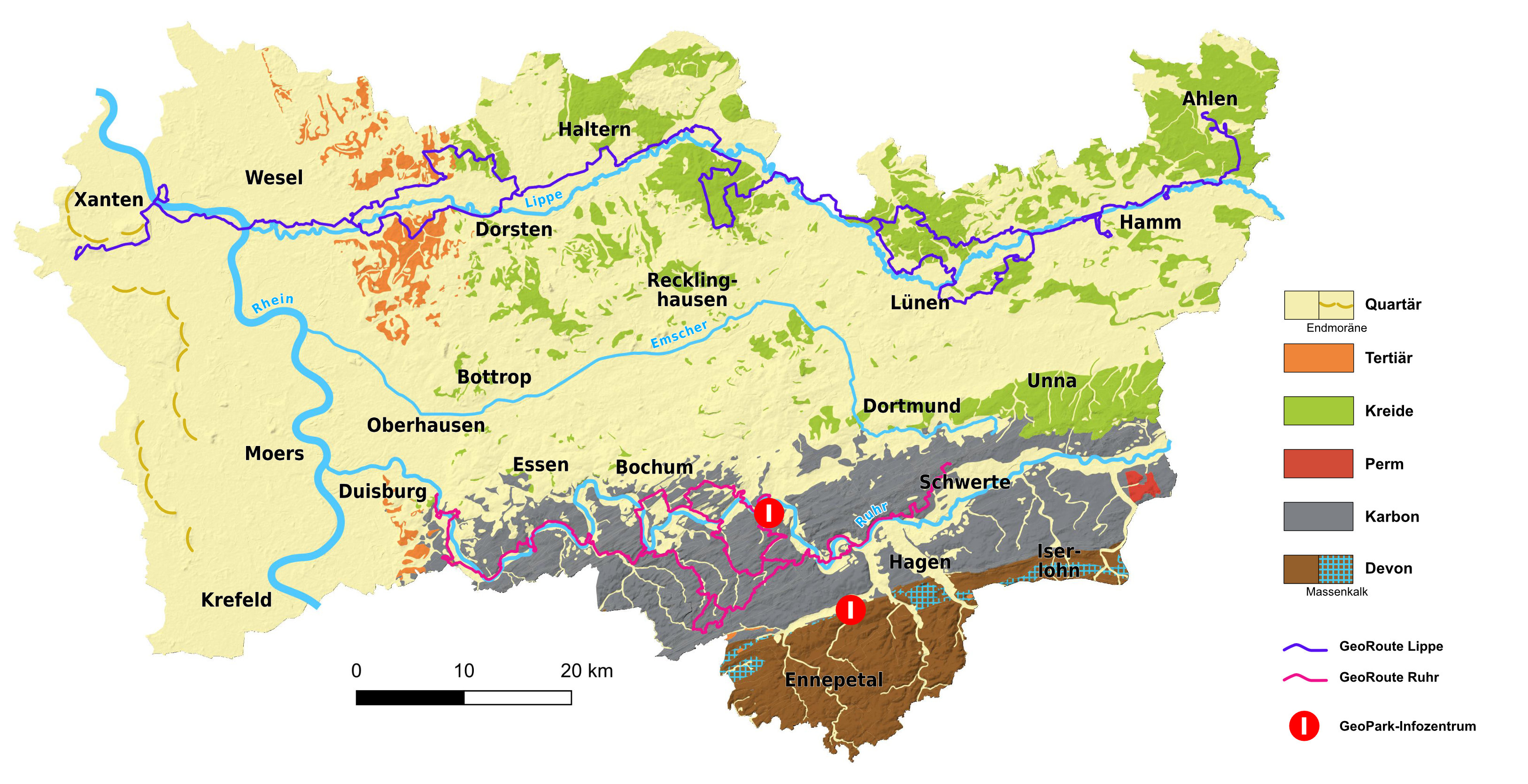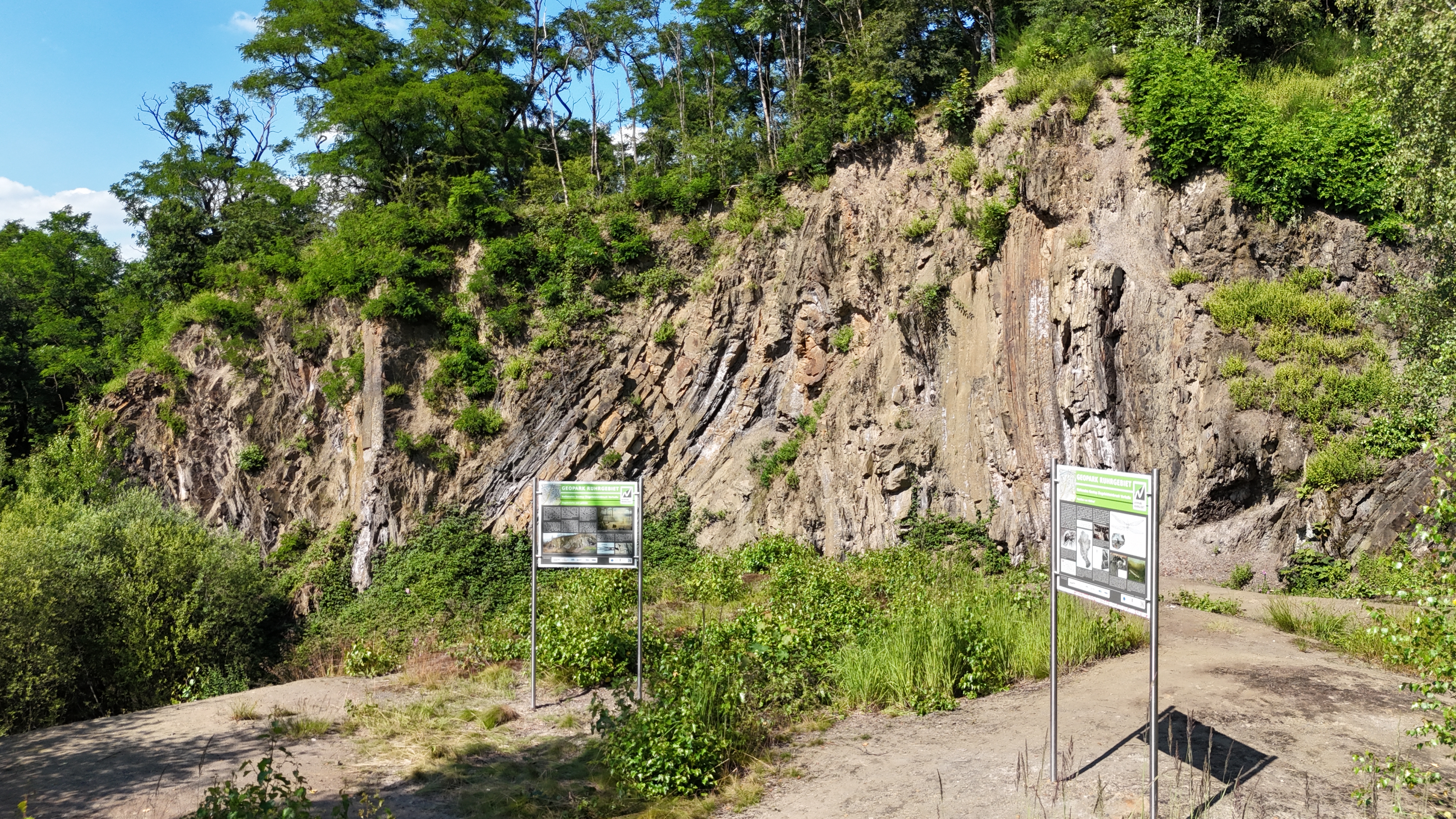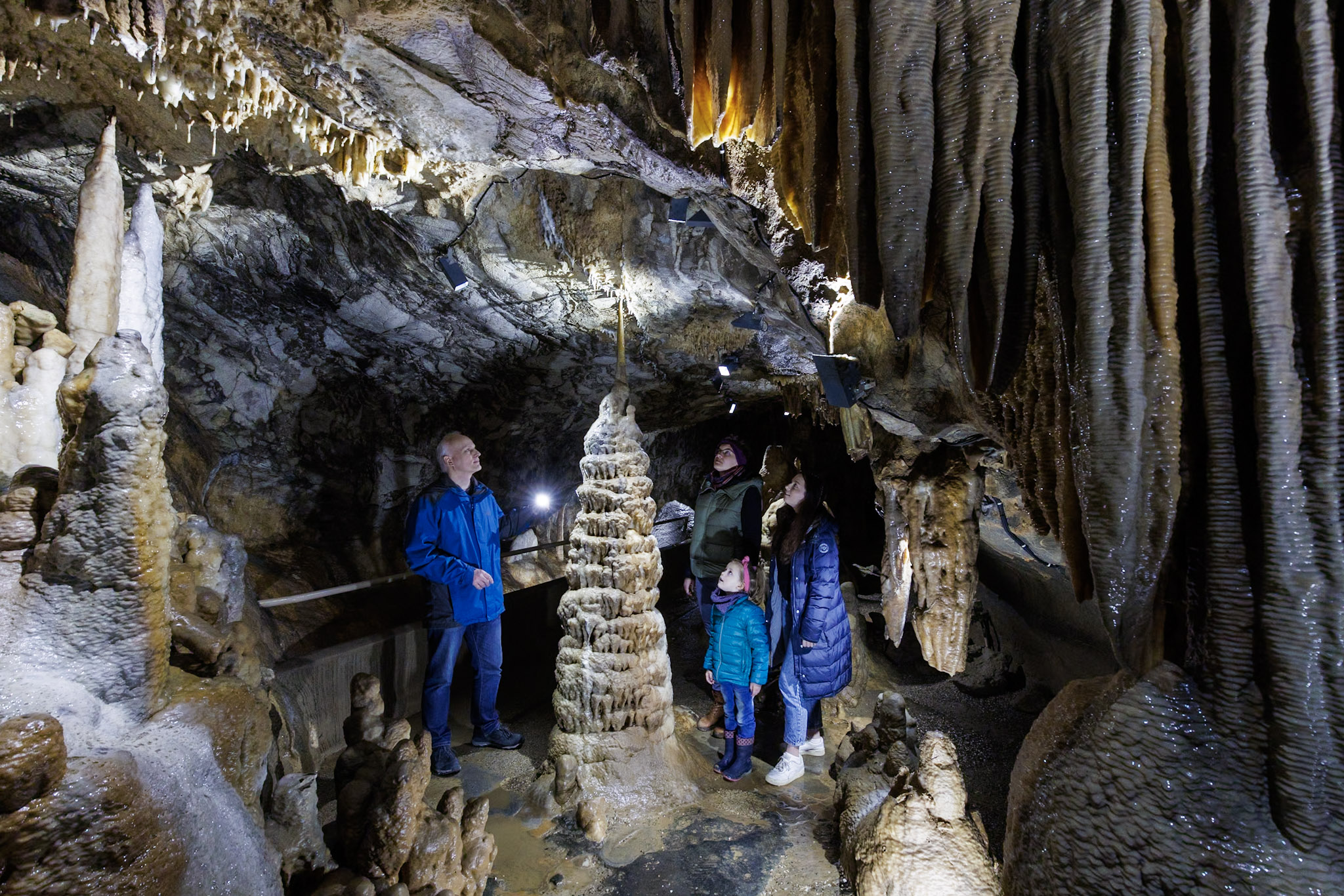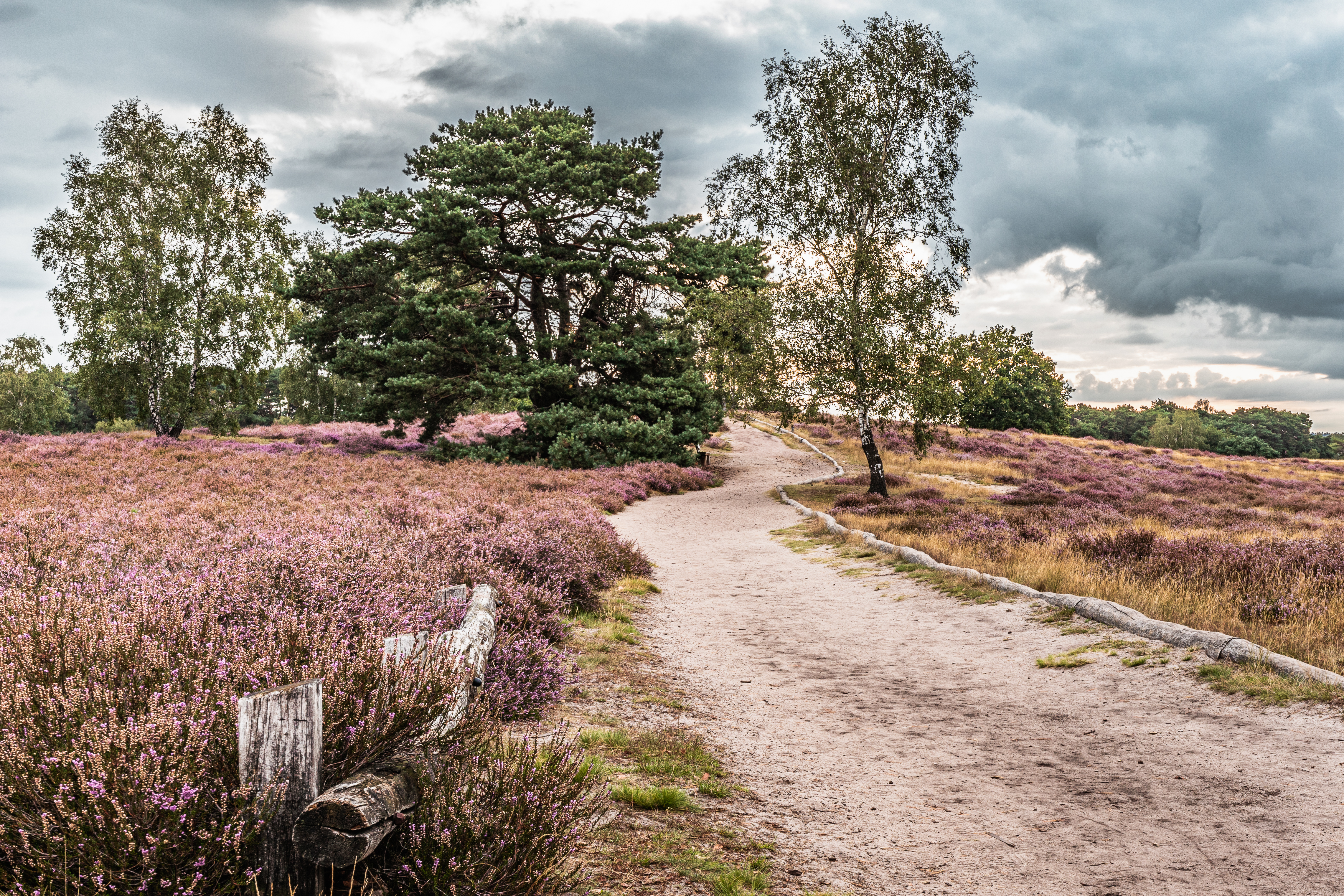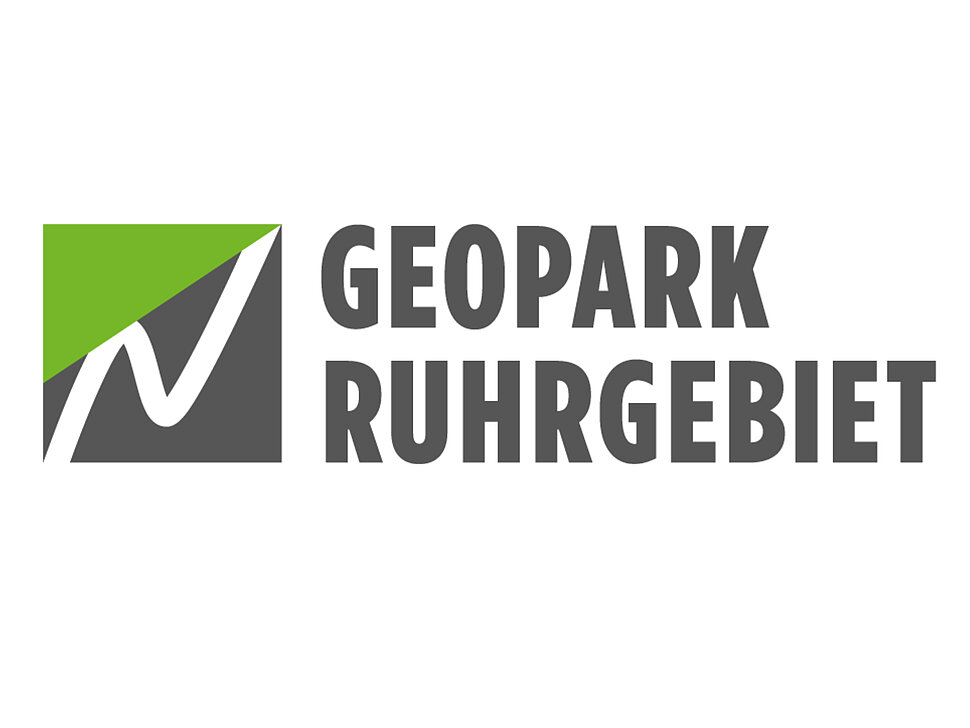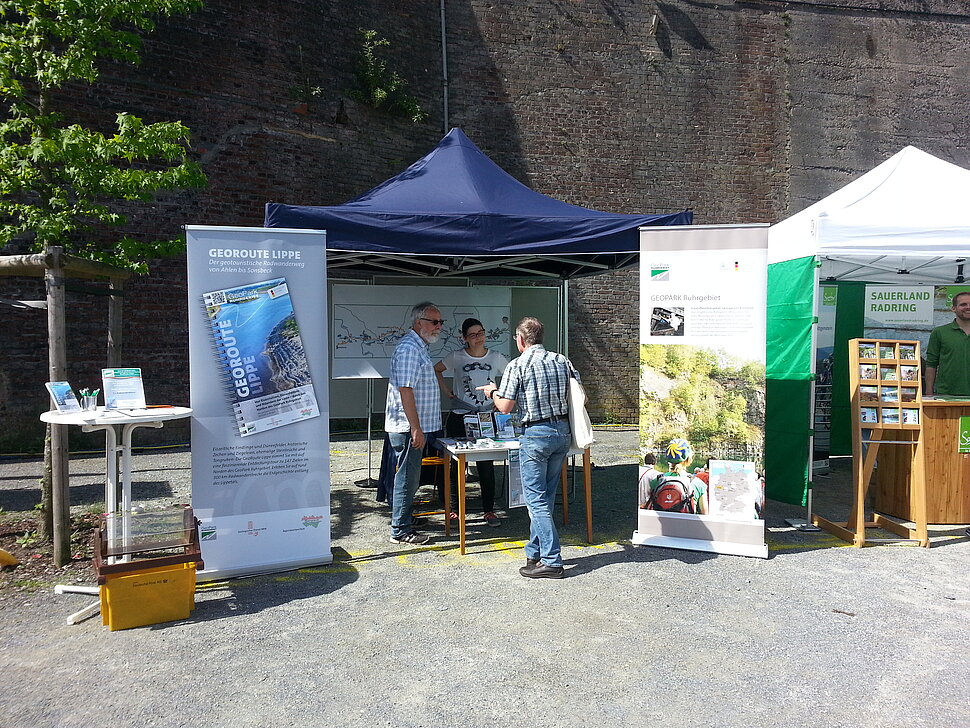Nationaler GeoPark Ruhrgebiet
Geospotting: Man and Mineral Resources - from exploitation to responsible use
is the slogan of the GeoPark Ruhrgebiet. On one hand it has a very versatile geology and an unusual wealth in geosites on the other hand the area is extremely rich in resources. The mining and excavation industry is not only a historic activity, responsible for the origin and development of the Ruhr metropolis, but remains even today an important factor for the region`s economy.
What is a GeoPark?
A Geopark is a region with an outstanding geological heritage. It is established to preserve and promote this heritage.
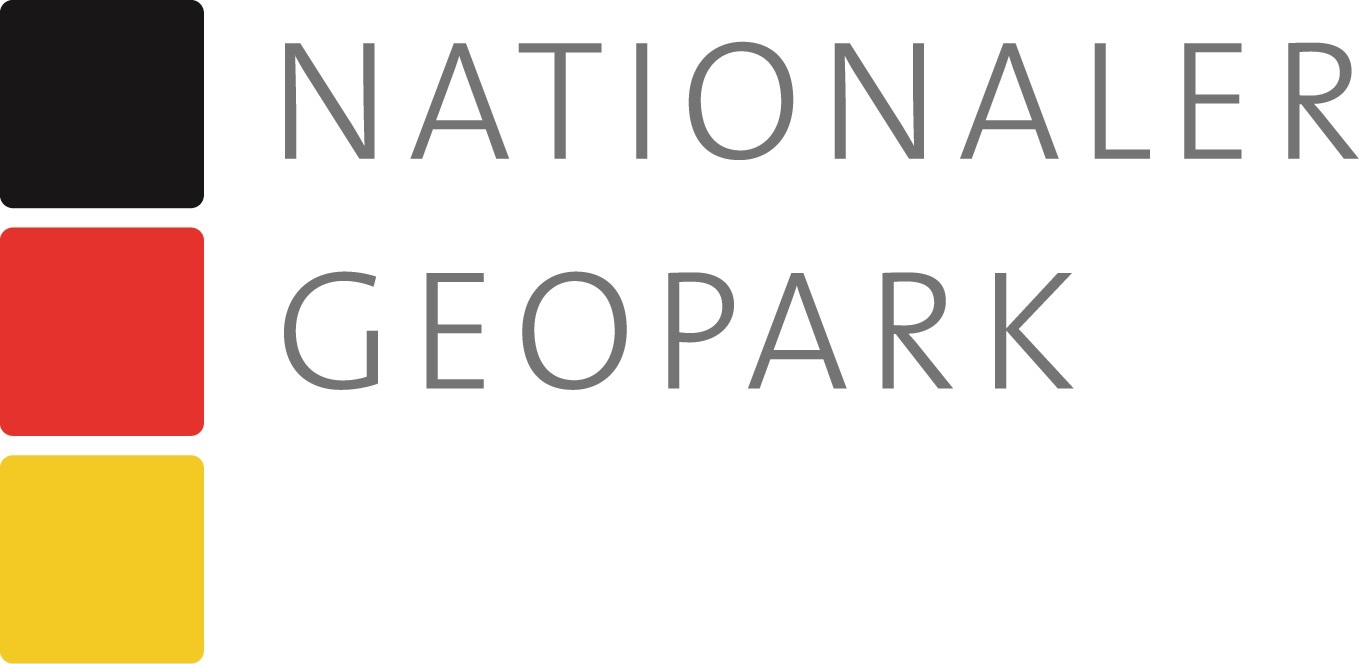
National GeoPark
The GeoPark Ruhrgebiet was evaluated and certified as a “National GeoPark“ based on the guidelines defined by the Georesearch Committee of the Federal and State Governments [Bund-Länder-Ausschuss Geowissenschaften] in 2006. Membership in this association is open to all natural persons or legal entities supporting the statutory aims of the Geopark. National GeoParks have a unique selling point, present their geological places to the public in an attractive way, promote general knowledge of geosciences and support sustainable regional development through geotourism.
Geoparks in Germany and worldwide
Downloads
Infoflyer (englisch) (711 KB)
Mineral ressources and regions
The GeoPark Ruhrgebiet represents nearly 400 million years of earth history from Early Devonian to Quaternary. Due to the hilly landscape and the long-term mining activities, there are many sites where the geological strata are well exposed and therefore easily accessible to the visitor. The varitey of Mineral resources plays an important role for the metropolian area. Coal is by no means the only natural resource of the Ruhrgebiet. Iron ore deposits were mined until after the second world war. Salt production has a long history and for a fews years the area was an important source of lead and zinc ores.
The wide-spread limestone and dolomite outcrops provide raw materials, for example for the iron and steel industry. Sandstone from the Ruhr valley, useful als dimension stones, was significant in the development of settlements, as were the carboniferous claystones which were manufactured into bricks. Coalbed methane from abandoned mines and geothermal energy are developed into energy resources for the future.
The GeoPark can be divided into three main regions: The southern part of the GeoPark Ruhrgebiet belongs to the Rhenish Mountains, while the northern and western sections are part of the German Lowland.
The southern part of the GeoPark is characterized by moderate hills and the valley of the Ruhr. Here, where coal seams are exposed near-surface, the „Cradle of Coal Mining“ is located. The GeoRoute Ruhr (185 km) and many mining trails invite to discover the region by hiking. Both GeoPark Information Centres are situated here. They focus on different topics: „The development of coal and mineral resources“ at the Nightingale Mine in Witten and „Karst and Caves“ at the Klutert Cave in Ennepetal, where Devonian limestones are predominant.
The middle section of the GeoPark is a densely populated urban area with numerous sights from the glory days of the steel and coal industry, like the UNESCO World Heritage Site „Zeche Zollverein“ in Essen. The industrial-heritage landscape of the Ruhr region unites industry history and new cultural impulses. Mining dumps, like the „Hoheward Tip“ in Recklinghausen, present themselves as viewpoints with land-marks, designed by artists.
The Münsterland Basin in the northern and the Northern Rhine Lowlands in the western part of the GeoPark are predominantly rural. The Glacial periods provided sedimentary rock and erratic blocks like the „Big Rock of Ahlen“ (63 t). On the GeoRoute Lippe, a cycle route of 310 km, more than 100 geosites are presented, to explain earth history and show the use of mineral ressources along the Lippe river.


